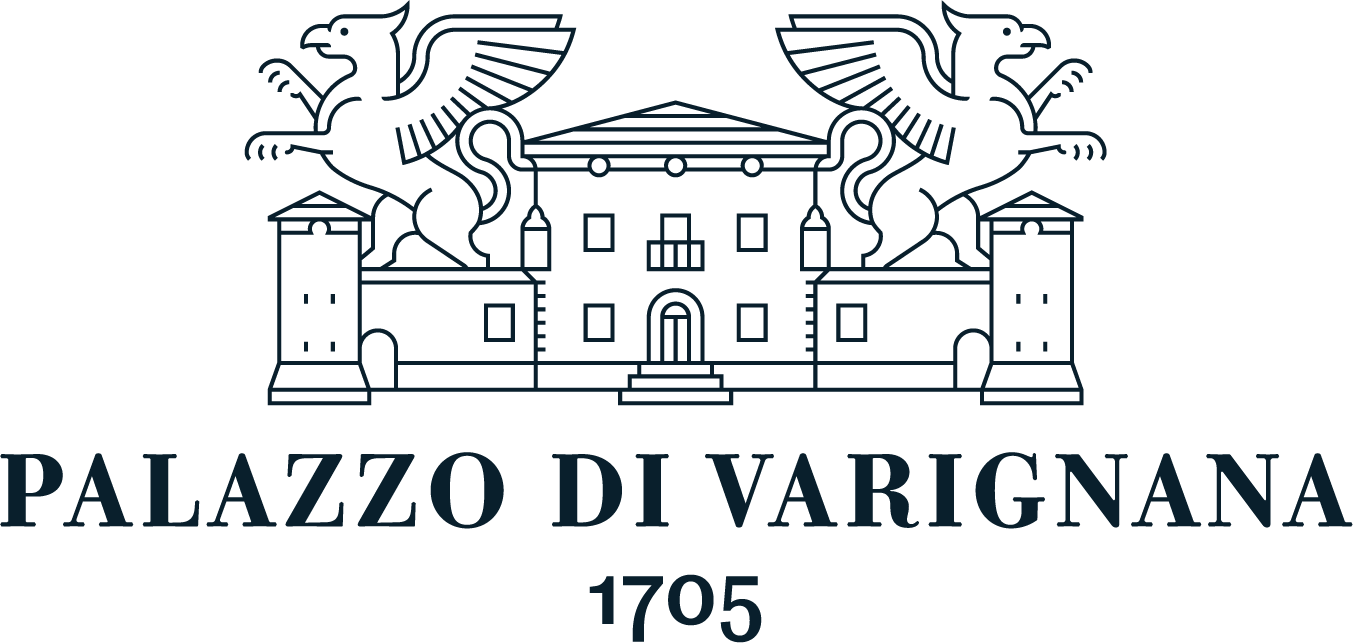Gardens
Authentic botanical works of art in the heart of the resort invite guests to get lost in the beauty and harmony of nature.
The ornamental garden
In 2015, Palazzo di Varignana expanded its possessions, enhancing the charm of its park with the acquisition of one of the gardens included in the prestigious “Grandi Giardini Italiani” (Great Italian Gardens) network.
Covering an area of three hectares, the garden was designed by the landscape architect Antonio Perazzi who built walls, terraces, stairs, fountains, and a majestic swimming pool, creating from scratch a garden in which countryside, nature, and formal features blend with irresistible spontaneity.
The collection of oaks gathered by Perazzi – 100 trees and 76 different species – is one of the most important arboreal heritages in Italy.
The first section features a formal garden in which geometric thematic rooms, opening one into another, are harmoniously separated by hedges of ginko, hornbeams, and rows of maple trees which accommodate bushes of roses, grasses, ornamental cherry trees, and dogwood.
After passing a pergola of ornamental apple trees and roses, visitors arrive at the plant labyrinth (Labirinto Carlico), designed by Sandro Ricci in 2015 as part of the harmonious fusion of the garden with the existing twenty-hectare park. The originality of the labyrinth lies in the overlapping of the hedges of narrow-leaved mock privet (Phillyrea Angustifolia) on the existing orchard.
The garden surrounds on each side what was once the manor house from which two luxury apartments have been obtained. It houses numerous herbaceous plants, Mediterranean trees, and shrubs as well as copious blooms of gorse and scented osmanthus bushes.
In addition, five Olea Europea – century-old trees from Southern Italy – have been recently planted in the private park of Palazzo di Varignana.
The vegetable garden
On the southwest side of the Rio Rosso farm, a network of rural paths crosses the almond grove which houses two late varieties (Prunus Dulcis Soleta and Lauranne) and a slender spindle trained implantation of Goji (Lycium barbarum). To the east, a centuries-old olive tree surmounts the terraces for the cultivation of aromatic and medicinal herbs. At the foot of the slope, two paths branch off that allow visitors to observe unusual fruit species (Pawpaw, Barbary Fig, Panachè Fig, Redlove Apple), espaliers of table grapes, and many varieties of forgotten fruits such as the Jujubes, Prunus Mume plums and ancient varieties of apples and pears (some dating back to the 18th century such as the "Curato" pear from 1760).
A collection of minor fruits, an elder grove, and a hazelnut grove can be found in the last arable areas before the uncontaminated woodland typical of our hills begins.
Anfiteatro sul lago
Anfiteatro sul Lago is a natural stage set among the wineyards of Agrivar, Palazzo di Varignan’s agricoltural estate, a splendid example of land redevelopment, the result of an ambitious naturalistic engineering project.
The Anfiteatro, in its semicircular classical structure, features five stairscase in sandstone from the tosco-emiliano Appennines, with wide seats that can gather more than 250 people.
During the summer season, the Anfiteatro become the perfect place for impressive en plein air concerts and events, where it is possible to taste the fine wines produced in the 35 hectares of vineyards surrounding it or the fine oils extracted from the olive trees grown on the hills not far away.
The landscape is enchanting from the Anfiteatro, especially on fall, when the vines rows light up with warm tone colors, ranging from the yellow of the Chardonnay, to the Sangiovese red, to the orange, through all the many shades of Malbo Gentile.
A path starts from the Anfiteatro centre, leads to the lake below and continues to the winery, the beating heart of the entire estate. Several other paths run through the vineyards, including a particularly fascinating path, designed among hundred-year-old oaks and some newly planted cypresses.
Avenue of the ancient olive trees
Avenue of the ancient Olives Trees is a tribute to the beauty of nature and the richness of the landscape that characterizes the territory surrounding the resort. Its conception reflects the profound connection between the Palazzo di Varignana agricultural estate and the project to enhance the territory undertaken in recent years: more than a simple passageway, it becomes a symbol of commitment to environmental sustainability and respect for the local agricultural traditions.
This walkway connecting the different restaurants within the Resort stands as an authentic testimony of commitment and dedication to preserving and promoting the natural beauty of the area. The choice to use olive trees as the predominant species reflects the deep roots of olive growing practiced by Agrivar and its contribution to local agricultural history.
The centerpiece of the project is the intent to create an environment that not only enchants guests with its beauty, but also tells a story of hard work and passion for the land. The planting of centuries-old olive specimens and smaller olive trees is a tribute to the longevity and resilience of this iconic tree, a symbol of fertility and prosperity.
Flower beds filled with daisies, violets and ornamental sages add a splash of vibrancy and color to the path, inviting guests to fully immerse themselves in the beauty of the surrounding nature. Each step along the avenue is a journey through local history and culture, an opportunity to appreciate and understand the importance of the link between humans and their environment.



